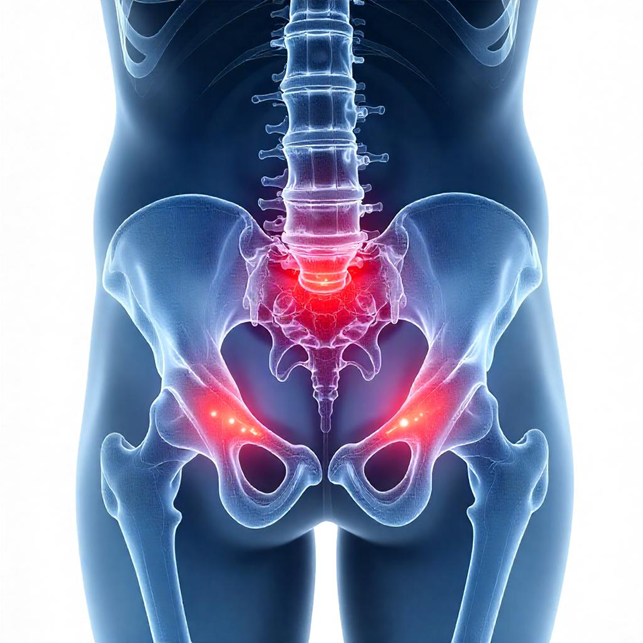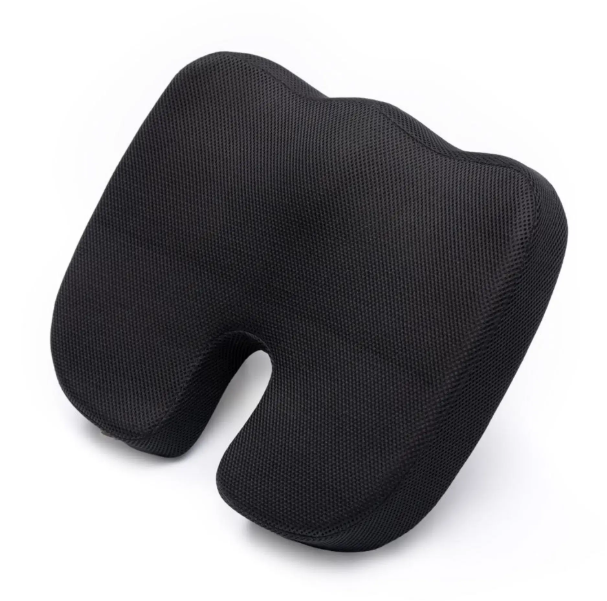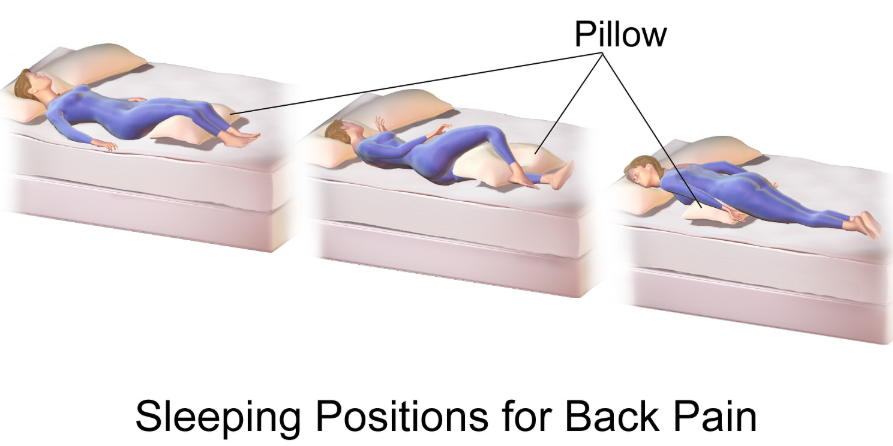What Is Coccydynia?
Coccydynia refers to persistent pain and inflammation in the coccyx — the small triangular bone at the base of the spine (tailbone). This pain can range from mild discomfort to severe pain that affects daily activities, especially when sitting or moving.
- Pain when sitting for long periods
- Discomfort during bowel movements
- Increased pain when leaning back or transitioning from sitting to standing

Causes and Risk Factors

- Trauma: Falls, sports injuries, car accidents
- Repetitive strain: Cycling, rowing, prolonged sitting
- Childbirth: Vaginal delivery or difficult labor
- Other: Obesity, weight loss, bone spurs, anatomical anomalies
Symptoms
- Sharp/stabbing pain when sitting or with pressure
- A dull ache after prolonged sitting
- Radiating pain to lower back or hips
- Discomfort during certain physical movements or intercourse

How Is It Diagnosed?
- Physical exam: External and internal palpation for tenderness
- Dynamic X-rays: Compare coccyx position sitting vs standing
- MRI / CT scans: Rule out other pathologies
- Diagnostic injections: Help confirm pain source
Treatment Options
Conservative Treatments
- Use of coccyx cushions and posture modifications
- NSAIDs and muscle relaxants
- Physical therapy & pelvic floor training
- Ergonomic seating and activity pacing
Advanced Options
- Steroid injections
- Ganglion impar blocks
- Radiofrequency ablation
- Prolotherapy
Surgical (Last Resort)
- Coccygectomy: Partial or full tailbone removal
- Used only after 6–12 months of failed conservative care

Self-Care & Pain Management
- Alternate sitting positions and use lumbar rolls
- Take standing/walking breaks every 20–30 minutes
- Warm sitz baths and cold packs
- Piriformis and pelvic floor stretches
- Core strengthening and short walking programs

Prognosis & Outlook
The majority of coccydynia cases (about 90%) improve significantly with conservative care within several months. Even chronic cases can often be well-managed with a comprehensive approach. Surgical patients typically report good outcomes, though full recovery may take 6-12 months post-operation. Remember that tailbone pain, while challenging, is rarely dangerous. With patience and persistence with your treatment plan, most people achieve substantial relief and return to their normal activities. Don't hesitate to ask your healthcare provider about any concerns throughout your recovery process.
